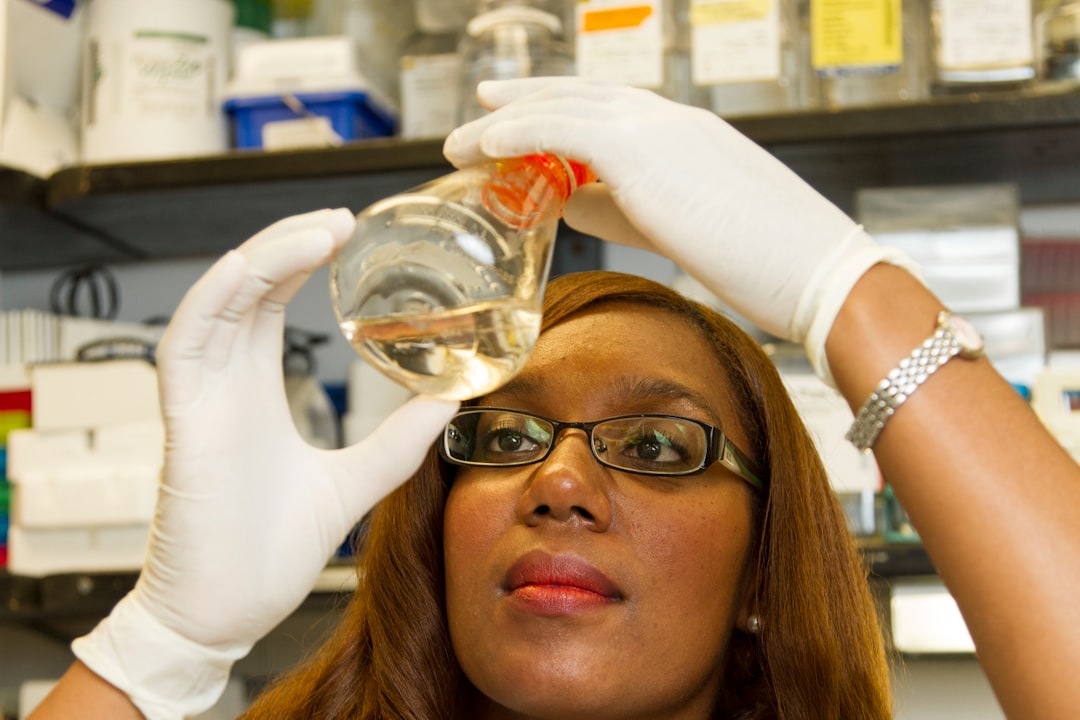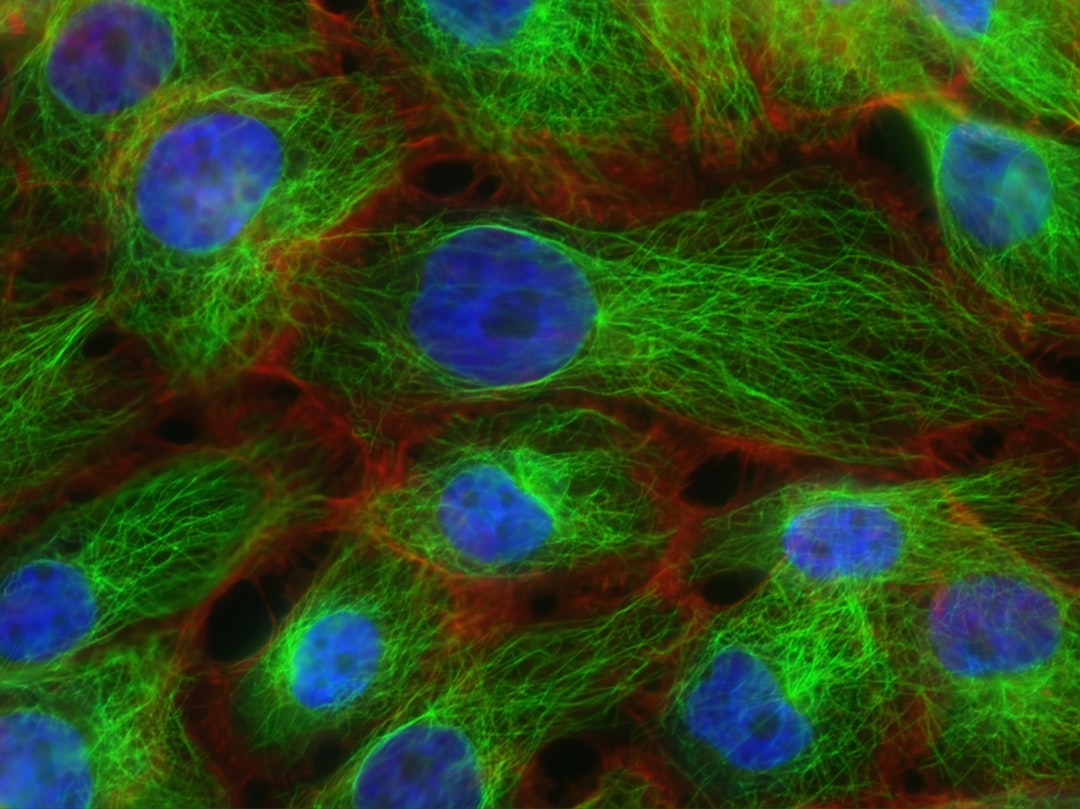What is it about?
Ultraviolet radiation (UVR) from the sun causes DNA damage in the skin, which initiates skin cancer. Studies show a much lower skin cancer incidence in people with black skin (20 - 60 fold) compared to white skin. This is attributed to protection by melanin in the skin's epidermis, which is where skin cancers originate. We have studied how a skin cancer biomarker (UVR-induced DNA damage - cyclobutane pyrimidine dimers (CPD)) differs in white Caucasian and black West African subjects immediately after exposure of the unexposed upper buttock to artificial sunlight. We found a comparable amount of CPD in the overall epidermis, in each skin colour, when the artificial sunlight dose in black skin is 10 fold greater than in white skin, thus indicating an overall epidermal melanin DNA protection of 10. Comparisons at different epidermal zones (upper, middle, basal) showed that unlike white skin, black skin showed a clear effect of epidermal zone with few to no CPD in the basal epidermal layer. The basal layer contains dividing stem cells thus lesions here may be relevant to greater susceptibility to skin cancer. The basal epidermal melanin affords black skin DNA protection factor of ~60 fold. Our data stress the importance of the localisation of epidermal biomarkers for skin cancer that has been largely ignored in previous studies and that sunscreen with a sun protection factor (SPF) of at least 60 is necessary to reduce the skin cancer incidence in white skin to a level that is comparable to black skin.
Featured Image
Read the Original
This page is a summary of: Melanin distribution in human epidermis affords localized protection against DNA photodamage and concurs with skin cancer incidence difference in extreme phototypes, The FASEB Journal, July 2018, Federation of American Societies For Experimental Biology (FASEB),
DOI: 10.1096/fj.201701472r.
You can read the full text:
Contributors
The following have contributed to this page










